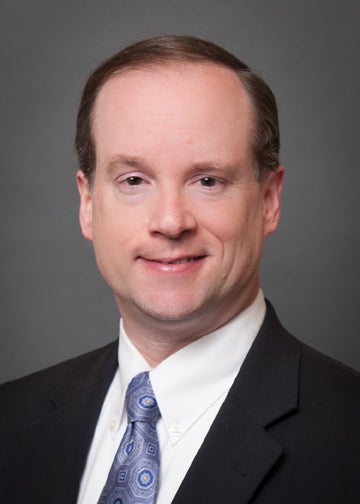JOHN HOOD COLUMN: Suburban voters form largest bloc
Published 2:26 pm Wednesday, March 24, 2021
|
Getting your Trinity Audio player ready...
|
RALEIGH — If you think about regional differences in North Carolina politics, economics or culture in terms of urban blue and rural red, you are missing a thick slice of the story: the suburbs. And, no, you can’t just paint the suburbs purple. That’s an oversimplification.

John Hood
Precisely distinguishing between the three categories – urban, suburban, and rural — isn’t easy. Classifications by county can be valuable, of course, but they suffer from severe analytical limitations. For example, lumping all residents of Mecklenburg County together as “urban” is problematic. While it’s true that living in a suburban neighborhood or isolated farmhouse in Mecklenburg is rather different from living in downtown Ahoskie or Burnsville, it’s also rather different from living in uptown Charlotte. Just ask the people involved.
Actually, that’s often the right approach. When it comes to analyzing political trends, in particular, I think the best work starts by asking voters to classify themselves, rather than jamming them into a spatial category based on other criteria.
The John Locke Foundation’s Civitas Poll just did that with a mid-March sample of 600 likely North Carolina voters. Here’s the question: “Do you consider the area where you live to be more rural, suburban, or urban?” About 45 percent of respondents identified as suburban voters, 34 percent as rural and 21 percent as urban.
During last year’s general election, one of the nationwide exit polls did something similar. Some 40 percent of actual North Carolina voters said they lived in the suburbs, while 27 percent identified as rural and 33% urban. Other pollsters have used self-identification in their own surveys of North Carolinians. Again, while the percentages vary a bit, the suburban vote is always the largest single bloc of voters by area type.
Now, as to partisanship, it is certainly correct to observe that urban-identifying voters as a whole lean strongly Democratic and rural-identifying voters lean strongly Republican. In 2020, 69 percent of urban North Carolinians picked Joe Biden and 59 percent of rural North Carolinians preferred Donald Trump.
But it’s important not to paint with too broad a partisan brush. Trump’s 29 percent share of urban voters represents many hundreds of thousands of North Carolinians. And Biden’s rural share of 40 percent is hardly insignificant. Indeed, based on the results in these two categories alone, Biden would have won North Carolina’s electoral votes handily.
Why didn’t he? Because Trump didn’t just win the suburban vote by a little. He won it with a margin of 60 percent to 39 percent. Thom Tillis won a slightly bigger margin there, 60 percent to 37 percent. In the governor’s race, Roy Cooper held his suburban loss to 42 percent to 56 percent while doing a bit better than Biden in urban and rural areas. That’s why Cooper bucked a generally Republican tide.
Over the past five years, there’s been a lot of political chatter about Trump’s disruptive effects on the two parties’ electoral coalitions. I’ve contributed to it myself. The Republican coalition has become somewhat more rural and less populated by upper-income and highly educated voters, some of whom have shifted Democratic.
But in North Carolina, at least, these shifts have been modest, not gigantic. Most suburban voters continue to favor the GOP. If they didn’t, the party would not be able to compete with Democrats, in either statewide contests or for key legislative seats that determine the control of the General Assembly.
One explanation may simply be that our suburban voters are more right-leaning than their counterparts in other states. About 47 percent of likely North Carolina voters told the Civitas Poll they were conservative, as did a similar number of North Carolina suburbanites. This is several points higher than the national average.
Of course, we don’t weigh votes by geography. Every ballot counts exactly the same. Both coalitions ought to fight for every vote they can get in North Carolina’s urban cores and rural communities. But you can expect the major parties to keep spending lots of time and money in the suburbs. It’s where a plurality of the state’s voters, and a disproportionate share of state’s true swing voters, continue to reside.
John Hood is a Carolina Journal columnist and author of the forthcoming novel “Mountain Folk,” a historical fantasy set during the American Revolution.


